Writing X Characters When You Aren’t X, A Masterlist
Writing x Characters When You Aren’t x, A Masterlist
x: a variable used to represent something unknown.
We’ve seen an influx of questions about how to write stories based around characters of color, disability, non-binary, etc. when the author does not fall into these categories. Rather than have these posts take over the site, we’ve decided to compile a list of resources to help our fellow writers become more educated about writing what they do not immediately know. However, this list is not the end-all-be-all of knowledge; one should always try to learn from someone with first hand experience in any topic. The world is constantly growing and changing, and because of that, there will always be more to learn. The admins at Plotline Hotline want to help writers form respectful, informed, and realistic characters that broaden the narrow range we see in literature today.
*Be wary that some of the topics listed below contain sensitive material. Reader discretion is advised.*
As always, the links I found to be especially apt will be in bold. Topics are listed alphabetically, excepting the “other” section.
Culture
Appropriate Cultural Appropriation
What is Cultural Appropriation? [1,2,3]
Cultural Appropriation Is, In Fact, Indefensible
Voice Appropriation & Writing About Other Cultures
Diversity, Appropriation, and Writing the Other [List]
Disability
Writing Disibilities [1,2,3,4,5]
Guides to Writing Deaf or Hard of Hearding People
National Association of the Deaf - Resources [List]
World Federation of the Deaf
Using a Prosthetic Device
Prostehtic Limbs (Character Guide)
How NOT to Write Disabled Characters
A Guide to Disibility Rights Law (United States)
Timeline of Disibility Rights in the United States
Social Security Disability: List of Impairments, Medical Conditions, and Problems [List] (United States)
How to Write Disabled Characters: An Opinion Piece
Artificial Eye Resources [List][Various]
Adapting to the Loss of an Eye
Misconceptions and Myths About Blindness
Blind Characters: A Process of Awareness
Writing Blind Characters [List]
Types of Learning Disabilities [List]
Diversity
A Guide to Spotting and Growing Past Stereotypes
How to Prepare to Write a Diverse Book
The Diversity of Writing
Why Diversity Matters for Everyone
Writing a Driverse Book [1,2,3,4,5]
Diversity, Political Correctness and The Power of Language
Diversity Book List [List][Books]
Basic Tips To Write Subcultures & Minority Religions Better
Basic Tips to Avoid Tokenism
Gender
GLAAD Media Reference Guide - Transgender
Creating Well-Written Trans Characters
A Few Things Writers Need To Know About Sexuality & Gender Expression
Trans (Character Guide & Bio Building)
A Non-Binary Person’s Guide to Invented Pronouns
Gender Neutral Writing [List]
Keeping a Trans* Person a Person
Suggestions for Reducing Gendered Terms in Language [Photo]
How to Review a Trans Book as a Cis Person
Writing Characters of Different Genders [List]
Understanding Gender
Gender Spectrum Resources [List]
Gender History
Illness
Writing Chronic Illness [1,2]
The Spoon Theory - Also pertains to disibility
About HIV/AIDS
Sexually Transmitted Diseases [List]
Sexually Transmitted Infections
Sex and Gender Differences in Health [Study]
All Chronic Illness Topics [List]
Coping with Chronic Illness
All Cancer Types
A Day in the Life of a Home Health Aide/Health Coach
Fiction Books With Chronically Ill Main Characters- Not Cancer [List][Books]
Neurotype (Including Mental Health)
Writing an Autistic Character When You Don’t Have Autism
Depression Resources [List]
What to Consider When Writing Mental Illness
Stanford Psychiatric Patient Care
Inpatient Psychiatric Questions and Tips
Don’t Call Me Crazy [Documentary]
(Avoid) Romanticizing Mental Illness [1,2]
A Day in the Life of a Mental Hospital Patient
State-run vs. Private Mental Hospitals
Mental Disorders
Mental Hospital Non-Fiction [List][Books]
National Institute of Mental Health - Mental Health Information [List]
Writing Autistic
What Causes PTSD?
Remember, Remember: The Basics of Writing Amnesia
ADHD Basic Information
What is a Learning Disability?
What is Neurotypical?
Race
Writing Race: A Checklist for Authors
Transracial Writing for the Sincere
Is my character “black enough”
White Privilege: Unpacking the Invisible Knapsack
Challenge, Counter, Controvert: Subverting Expectations
Writing With Color: Blogs - Recs - Resources [List]
Writing People of Color (If you happen to be a person of another color)
7 Offensive Mistakes Well-Intentioned Writers Make
Description Guide - Words for Skin Tone
Religion
Religion in Novels: Terrific or Taboo?
How to Write a Fantasy Novel that Sells: The Religion
Writing About Faith And Religion
From Aladdin to Homeland: How Hollywood Can Reinforce Racial and Religious Stereotypes
Sexuality
Understanding Sexual Orientation and Gender Identity [List]
Writing Gay Characters [1,2,3]
American Civil Liberties Union - LGBT+ Rights
LGBT+ Rights by Country or Territory
History of Gay Rights
Gay Rights Movement
LGBT+ Culture
Gay Myths and Stereotypes
LGBT+ Studies Web Sites [List]
LGBTQ Youth Issues
LGBTData.com
Overview of Gay and Lesbian Parenting, Adoption and Foster Care (United States)
Other
How Doctors’ Offices—and Queer Culture—Are Failing Autistic LGBTQ People
Five Traps and Tips for Character Development
Developing Realistic Characters
I hope that this list will provide topics a writer may not initially think to research when writing. If there are any resources that you think would be fitting for this list, please let us know! We want to have as many helpful sources as possible to maximize learning opportunities.
Stay educated,
xx Sarah
More Posts from Sifflylepoulpe and Others
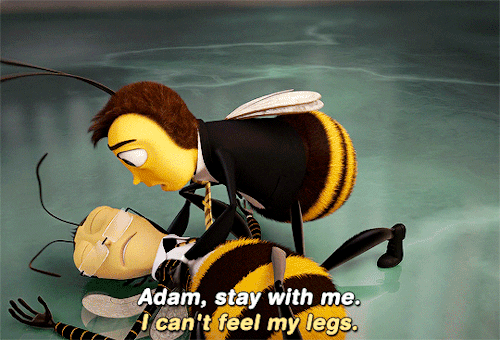
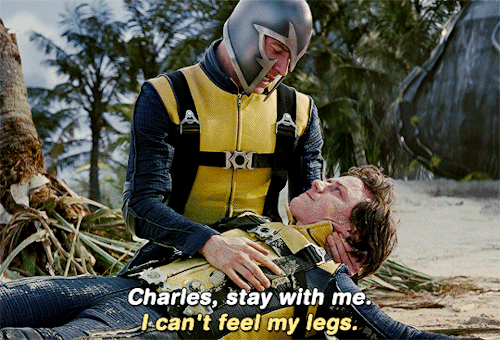
Bee Movie (2007) dir. Simon J. Smith & Steve Hickner X-Men: First Class (2011) dir. Matthew Vaughn

So you might be saying: Lion why a guide on drawing black people? Well young blood it’s because a lot of people cant…seem…to draw…black people..Amazing I know.

Racist (caricatures) portrayals of black people have been around forever, and to this day people can’t seem to draw black people like they are human. If your artwork resembles any of the above even remotely your artwork is racist and offensive. If you try to excuse that as a stylistic choice you’re not only a terrible artist, but racist too!!! Congrats.

Whitewashing is also a problem. A lot of people refuse to draw black features on canonly black characters. While this example isn’t colored, lightening the skin-tone of a character is also considered whitewashing. So lets start with features!

Now all black people have different noses thats a no-brainer, but black noses tend to have flatter bridges, and wider nostrils. Please stay from triangular anime noses and small button noses. Your drawings should not depict black people with abnormally large noses. (Especially if you do not draw other characters this way)

If you feel like the way you draw lips on black characters is offensive or resembles a caricature,it probably does and you should change it. ABSOLUTELY AVOID PLACING LIPS AT THE BOTTOM OF THE FACE.

Hair is so diverse! Please get used to drawing braids, locs,kinks and coils! If you can learn to draw ringlets and long waves you can learn how to draw black hairstyles.

Add clips! Learn how to draw baby-hairs and never be afraid to add color Pinterest and Google are free my dudes! Also try using square brushes for blocking in coils.
OK THAT’S ALL YOU GUYS

honestly me whenever mutuals post art, fics or edits:

Please do not contact me about the Supernatural ending I know everything and there’s not a single post I could make that will come near touching the sheer parody of itself that was its finale. Nothing I say will be funnier than what they did to themselves. Maybe now humankind can finally start to heal.

[ID: a screenshot of the “Almost Christmas” Ace Attorney meme behind a slightly transparent stock image of an ice cube. End ID.]
it’s defrosting

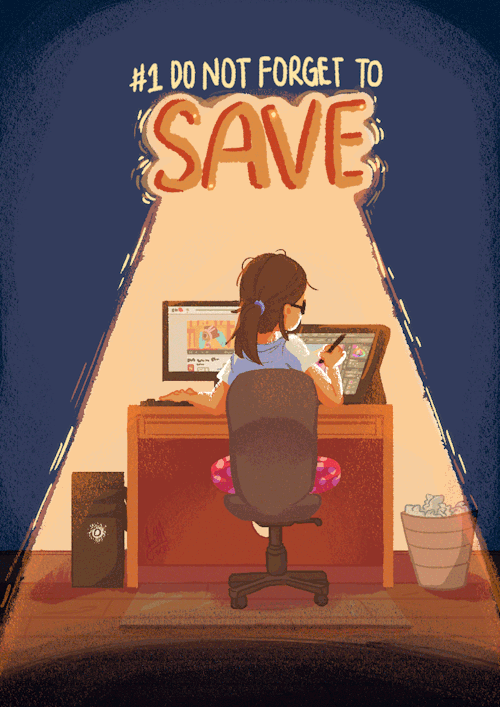
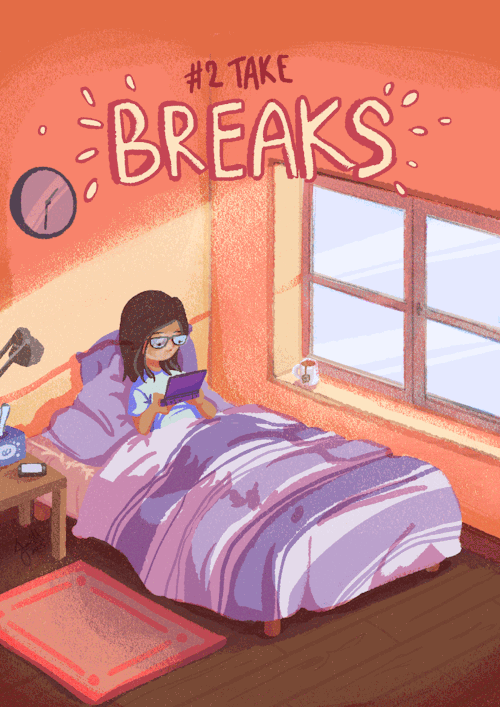
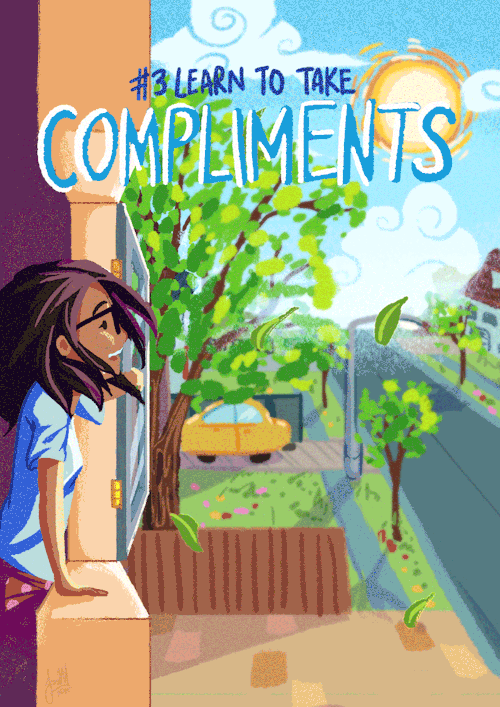
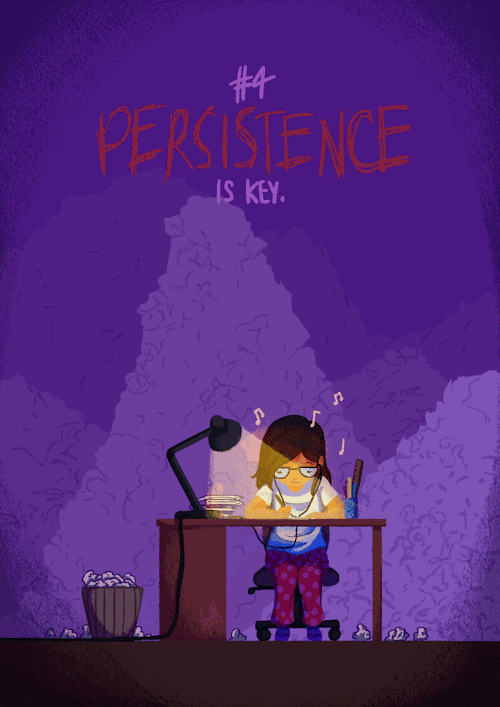

some things I need to remind myself daily tbh

soos was crying behind the camera btw
EMERGENCY DISPATCH FROM THE CRAZYEXSPN DESK
-
 angeonkix liked this · 1 month ago
angeonkix liked this · 1 month ago -
 kurovera liked this · 1 month ago
kurovera liked this · 1 month ago -
 myhanhsla liked this · 1 month ago
myhanhsla liked this · 1 month ago -
 educarl-ene reblogged this · 2 months ago
educarl-ene reblogged this · 2 months ago -
 sunniestella liked this · 2 months ago
sunniestella liked this · 2 months ago -
 wannabe-all liked this · 2 months ago
wannabe-all liked this · 2 months ago -
 cyanbugremix reblogged this · 3 months ago
cyanbugremix reblogged this · 3 months ago -
 thatweirdomidas reblogged this · 3 months ago
thatweirdomidas reblogged this · 3 months ago -
 acookiedragonblog reblogged this · 3 months ago
acookiedragonblog reblogged this · 3 months ago -
 ponypickle reblogged this · 3 months ago
ponypickle reblogged this · 3 months ago -
 earlronove liked this · 4 months ago
earlronove liked this · 4 months ago -
 thatfunkylilfey liked this · 4 months ago
thatfunkylilfey liked this · 4 months ago -
 islanded-in-a-stream-of-stars liked this · 4 months ago
islanded-in-a-stream-of-stars liked this · 4 months ago -
 spideronthesun reblogged this · 4 months ago
spideronthesun reblogged this · 4 months ago -
 spideronthesun liked this · 4 months ago
spideronthesun liked this · 4 months ago -
 irismeriscp reblogged this · 4 months ago
irismeriscp reblogged this · 4 months ago -
 spargell liked this · 4 months ago
spargell liked this · 4 months ago -
 fandomcrazygirl13 reblogged this · 4 months ago
fandomcrazygirl13 reblogged this · 4 months ago -
 heavensenthearty reblogged this · 4 months ago
heavensenthearty reblogged this · 4 months ago -
 ellsterthinks reblogged this · 4 months ago
ellsterthinks reblogged this · 4 months ago -
 stuff-i-need-for-me reblogged this · 5 months ago
stuff-i-need-for-me reblogged this · 5 months ago -
 stargirl1331 reblogged this · 5 months ago
stargirl1331 reblogged this · 5 months ago -
 stargirl1331 liked this · 5 months ago
stargirl1331 liked this · 5 months ago -
 sonic-fairyspell reblogged this · 5 months ago
sonic-fairyspell reblogged this · 5 months ago -
 roseaesynstylae reblogged this · 5 months ago
roseaesynstylae reblogged this · 5 months ago -
 kittymonky23 reblogged this · 5 months ago
kittymonky23 reblogged this · 5 months ago -
 kittymonky23 liked this · 5 months ago
kittymonky23 liked this · 5 months ago -
 spadesmidnightcrew liked this · 5 months ago
spadesmidnightcrew liked this · 5 months ago -
 riverandbones liked this · 5 months ago
riverandbones liked this · 5 months ago -
 straewberries reblogged this · 5 months ago
straewberries reblogged this · 5 months ago -
 kitsunmya liked this · 6 months ago
kitsunmya liked this · 6 months ago -
 cyllagecity reblogged this · 6 months ago
cyllagecity reblogged this · 6 months ago -
 tarpiteyes liked this · 6 months ago
tarpiteyes liked this · 6 months ago -
 hungrydogs-if liked this · 6 months ago
hungrydogs-if liked this · 6 months ago -
 ozzkers reblogged this · 6 months ago
ozzkers reblogged this · 6 months ago -
 sonic-fairyspell reblogged this · 6 months ago
sonic-fairyspell reblogged this · 6 months ago -
 sonic-fairyspell liked this · 6 months ago
sonic-fairyspell liked this · 6 months ago -
 roseaesynstylae reblogged this · 6 months ago
roseaesynstylae reblogged this · 6 months ago -
 funfaerie liked this · 7 months ago
funfaerie liked this · 7 months ago -
 dragguns liked this · 7 months ago
dragguns liked this · 7 months ago -
 6purpledragonz liked this · 8 months ago
6purpledragonz liked this · 8 months ago -
 nocheri reblogged this · 8 months ago
nocheri reblogged this · 8 months ago -
 cantmovesleepeat liked this · 8 months ago
cantmovesleepeat liked this · 8 months ago -
 redwingedwhump liked this · 8 months ago
redwingedwhump liked this · 8 months ago -
 thebigpapilio liked this · 9 months ago
thebigpapilio liked this · 9 months ago

they/them || french/20+ || anime and superheroes enthusiastI'm more chaotic on Twitter!
208 posts
